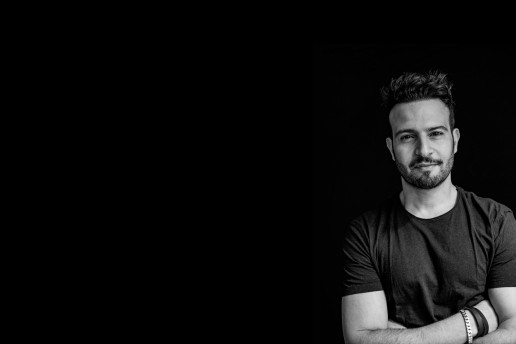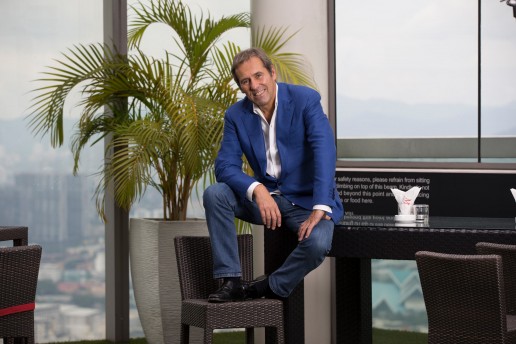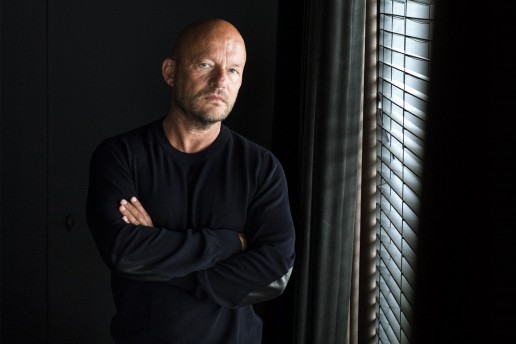Known for her wildly contrasting styles, actress-turned-designer Anouska Hempel – Sleeper’s first and only cover star – tells Guy Dittrich about her new project in Paris and spreading magic wherever she goes.
What’s this silver pot with the frothy toothpaste in it?” asks Anouska Hempel, examining my WhatsApp profile picture of a cappuccino. It is the strangest of starts to our online interview – a sign of our pandemic times – but the conversation flows and is full of the endearingly unexpected as we flit from one topic to the next.
A designer of the ages, Hempel has delivered some of the world’s most groundbreaking hotels. Blakes – her first hotel that opened in 1978 – and The Hempel – making its debut in 1997 – are about as different from one other as can be, but both have gone on to become seminal in the lexicon of hospitality design.
Lady Weinberg, to use her official title, was born in New Zealand and raised in Australia before heading to the UK. There, she created a special niche for herself and a reputation that saw her interviewed in Sleeper in 2000, the first year of our existence. She featured with a portrait image on our front cover, the one and only time that this has happened.
In the feature, we said of Blakes that there’s ‘more soft furnishings than bricks and mortar’, while The Hempel was the ‘ultimate in minimalism’. Hempel was quoted as saying that Blakes “represents things and artefacts; not money but an eclectic way of gathering up the world”. Of The Hempel, now closed, she hoped guests would be inspired by the extraordinary volume of the atrium, instead of things. Both statements were well ahead of their time, illustrating a clear understanding of the importance of experientialism over materialism.
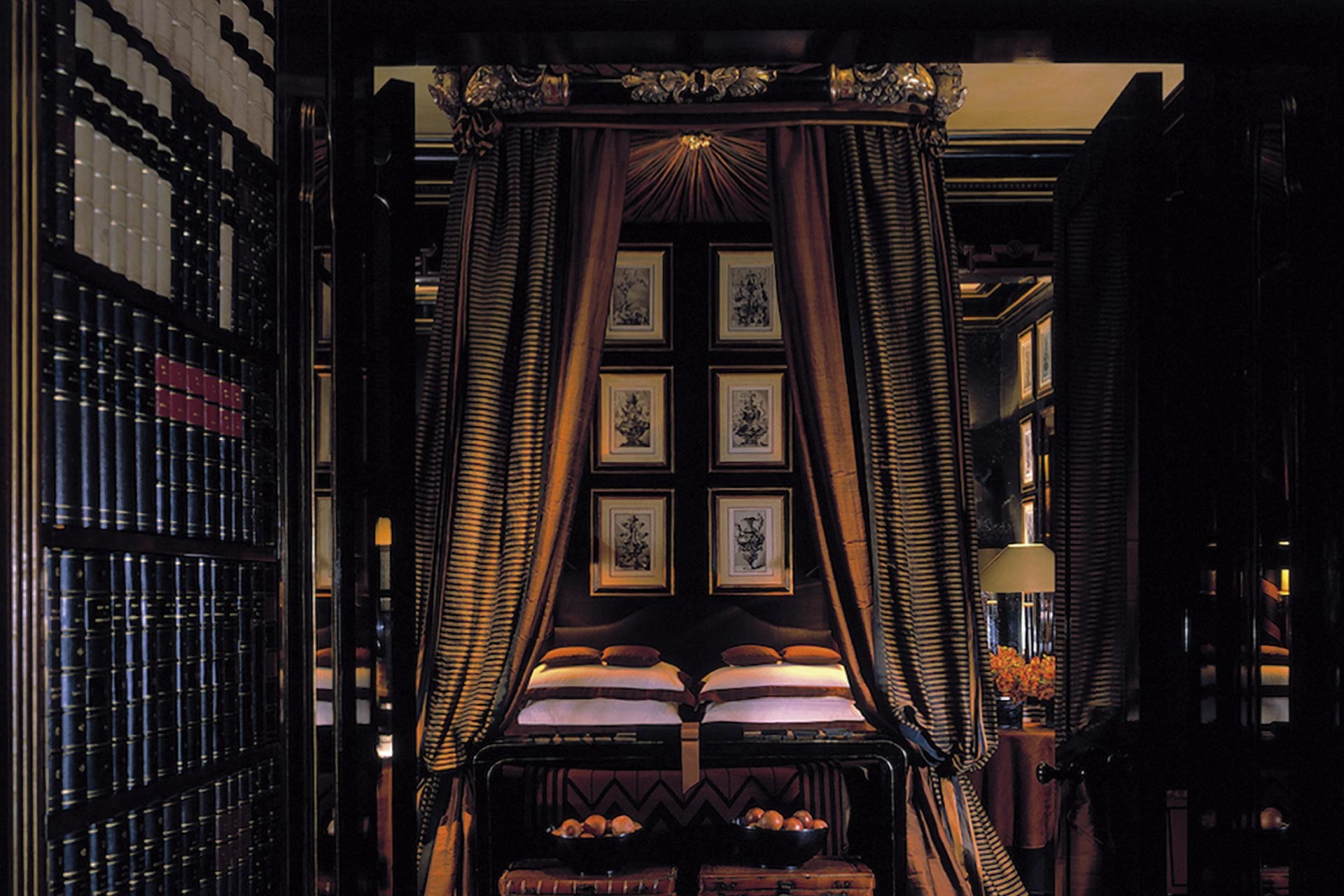
She is engaging, talkative and sharp. In the podcast series recently launched as part of our celebration of 20 years of Sleeper, Hempel accelerates my questioning. Before I got to ask for her vision of the future of hospitality design, she had already launched into ideas of a drone-led culture of travelling pods, in which guests could take their hotel with them. In our subsequent interview, she revisits the pod idea to include a fantasy mothership with pod docking pad.
Hempel’s ideas often have applaudable dream-like qualities. It is exactly such fantasies that are the stuff of the future. But there’s an intensity in everything she does too. When reminded that she talked on the podcast about being a thinker, and that if she can imagine something, it can be realised. “Yes, it will,” she firmly repeats.
A similarly unconventional response comes when I ask what inspires her: “A lot of things don’t inspire me and that inspires me to do better,” she explains. Another of her comments – “I haven’t got anywhere yet; every day is the start,” – is typical of her positive energy.
Of her working style she describes it as “sporadic, complicated, always inventive”. She has a strong desire to return to the usual working practices after the isolation caused by the current pandemic, and is a believer in doing things in person rather than on screen. “I like to make adjustments along the way and changes need to be made in real life, not on a computer,” she elaborates of her hands-on approach. She may have no training as a designer – “I have no training in anything, but I do have trained eye,” she quips – yet has admirably high ideals, stating that “we need to look after beauty for future generations.”
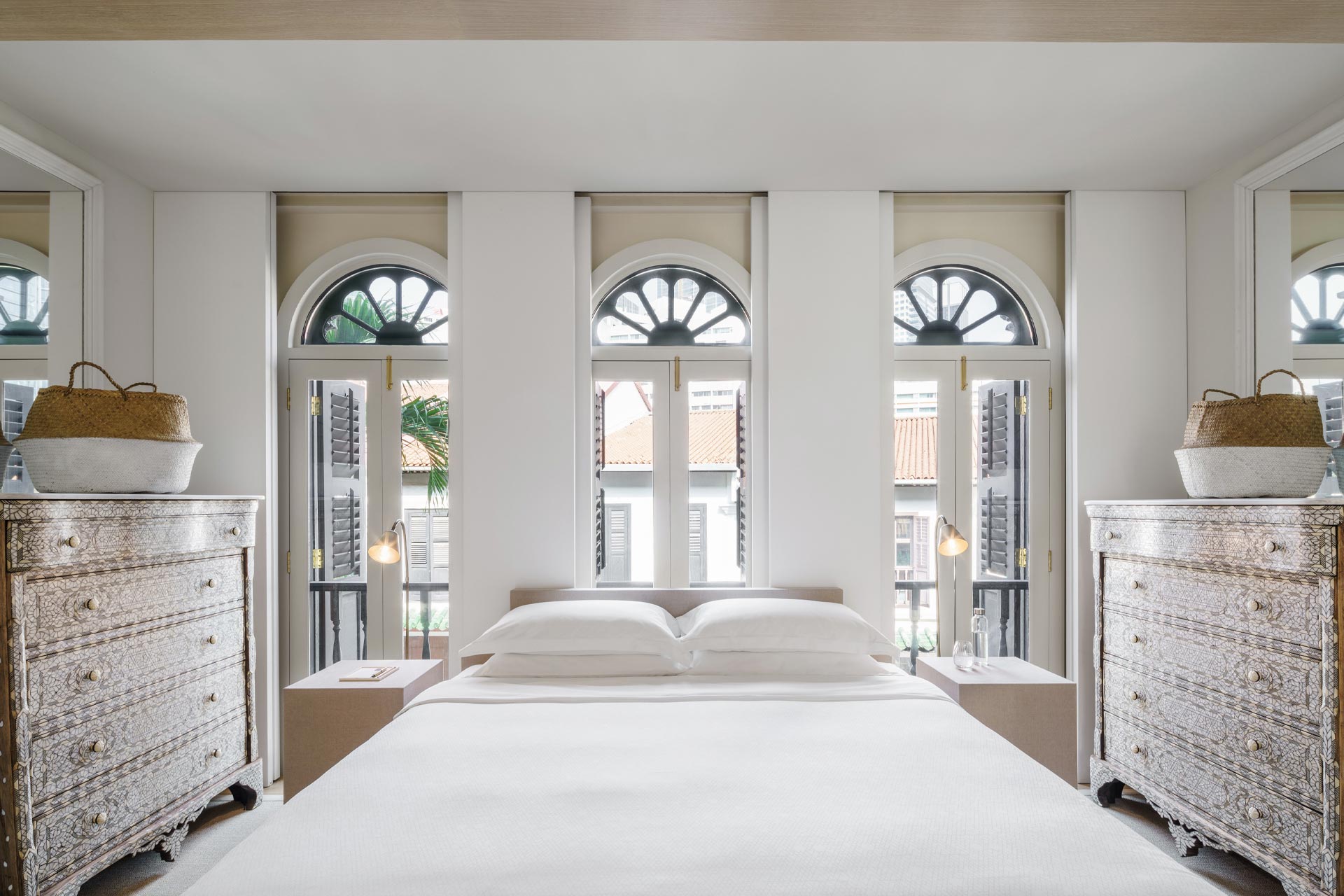
“I like to make adjustments along the way and changes need to be made in real life, not on a computer.”
And beauty is what she creates across a broad spectrum. Her portfolio runs the full gamut of the luxury classes, including high-end residential and retail interiors, landscaping projects, product design for brands such as Louis Vuitton, haute couture worn by British royalty and even yacht interiors. Her Instagram posts indicate a fondness for green spaces. “I like the rhythm in gardens,” she explains of the carefully composed images she posts of her own garden, Cole Park in Wiltshire, the Princess Margaret Memorial Garden in Oxford and more.
Indeed, her work at The Hempel in London’s Bayswater included a small, carefully composed formal garden. Together with Blakes she has several other projects in London, including The Franklin, Grosvenor House Suites and La Suite West. Further afield are The Duxton in Singapore and Blakes Amsterdam. Each in their own way express the duality of her work. The two Blakes properties are both sumptuous with a deep colour palette and plush fabrics, while The Hempel’s white volumes were so constant that doors and cupboards were almost invisible. There are similarities however, such as the use of symmetry and Asian influences, the latter ranging from detailed Chinoiserie to a Zen-like calmness. Her interiors are either gorgeously saturated or serene idylls – nothing in-between.
When asked about the duality that criss-crosses her work, she replies: “You have to be very detailed and conscientious about what you set out to do.” When Hempel decides on a concept, she unapologetically commits. She elaborates to add that her designs are developed around characters: “Each property has been built for a particular expected guest.” At Blakes London it was Marlene Dietrich; at The Franklin in Knightsbridge, it’s an unnamed Italian lady.
Hempel’s most recent project is Monsieur George in Paris. This hotel represents the latest iteration of the Blakes style that has developed through The Franklin and The Duxton. The Duxton, with its white-on-white guestrooms à la The Hempel and darker spaces reminiscent of Blakes, is said by some to encapsulate all her design ideas. Both are super sophisticated, decadent with detailing, largely monochromatic with accent colours and, of course, feature plenty of pillows – a trademark of Blakes. And almost everything you see in her hotels is available for purchase and can be made bespoke – “don’t forget we are couturiers,” she reminds.
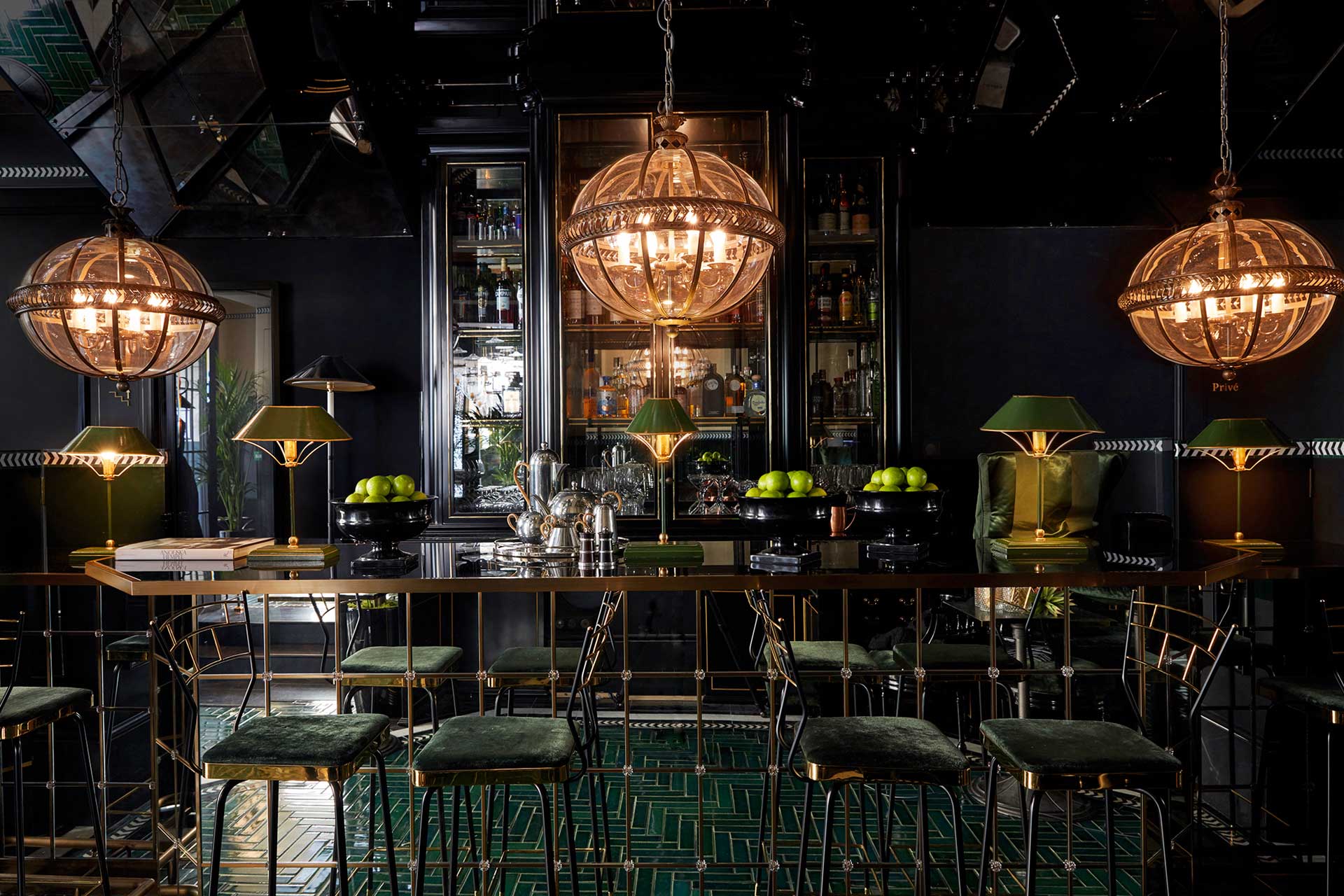
In Paris, a city that has long-been been on Hempel’s radar, she describes Monsieur George as a “jolly old Frenchman with a cigar, wearing a Fedora hat and a pair of green velvet shoes”. He’s bit of a fusspot she explains, painting an elaborate image in her mind, and lives in this mélange of Marrakech and Paris. The interiors come with their own contradictions; an oasis of calm yet overlaid with pattern. Such duality is evident in both paler and darker guestroom types and Hempel gets to introduce a garden suite. Another leafy venue is home to Galanga, a bar and restaurant inspired by Monsieur George’s travels to the Far East, giving Hempel her Asia fix. Here, deep green floor tiles feature along with conical lampshades, couture detailing and dark metal framing.
“Everywhere I go I try to leave a statement; a bit of magic and nonsense.”
Several new ventures wait in the wings. Upcoming is a hospitality project in East London that will include a restaurant shielded by 15m-high vertical blades, and another at the former Banco di Roma in the Italian capital for Starhotels, who clearly liked what she did for them at The Franklin. More repeat business for Satinder Garcha, owner of The Duxton, sees an urban cowboy personality riding into Santiago. Another project, a retreat with a spiritual element to be built mostly underground on Sardinia is in planning, a project Hempel drops in as recreation of Warapuru, a development in the Brazilian jungle, now sadly overgrown and that never opened.
Towards the end of our conversation, Hempel relates how lucky she has been on her travels. “I’ve seen the most wonderful houses and met the most wonderful people; notice I put houses first,” she quips in a revealing moment that got me thinking. If she was a building, she would be a folly; one of those with beautiful contradictions that keeps every visitor guessing. Hempel is an intriguing mix of ever-evolving ideas and vignettes, perfectly summed up in her comment: “Everywhere I go, I try to leave a statement; a bit of magic and nonsense.”
CREDITS
Words: Guy Dittrich
Related Posts
16 September 2020
Meeting… Liran Wizman
26 May 2020
Meeting… Jean-Michel Gathy
18 March 2020
